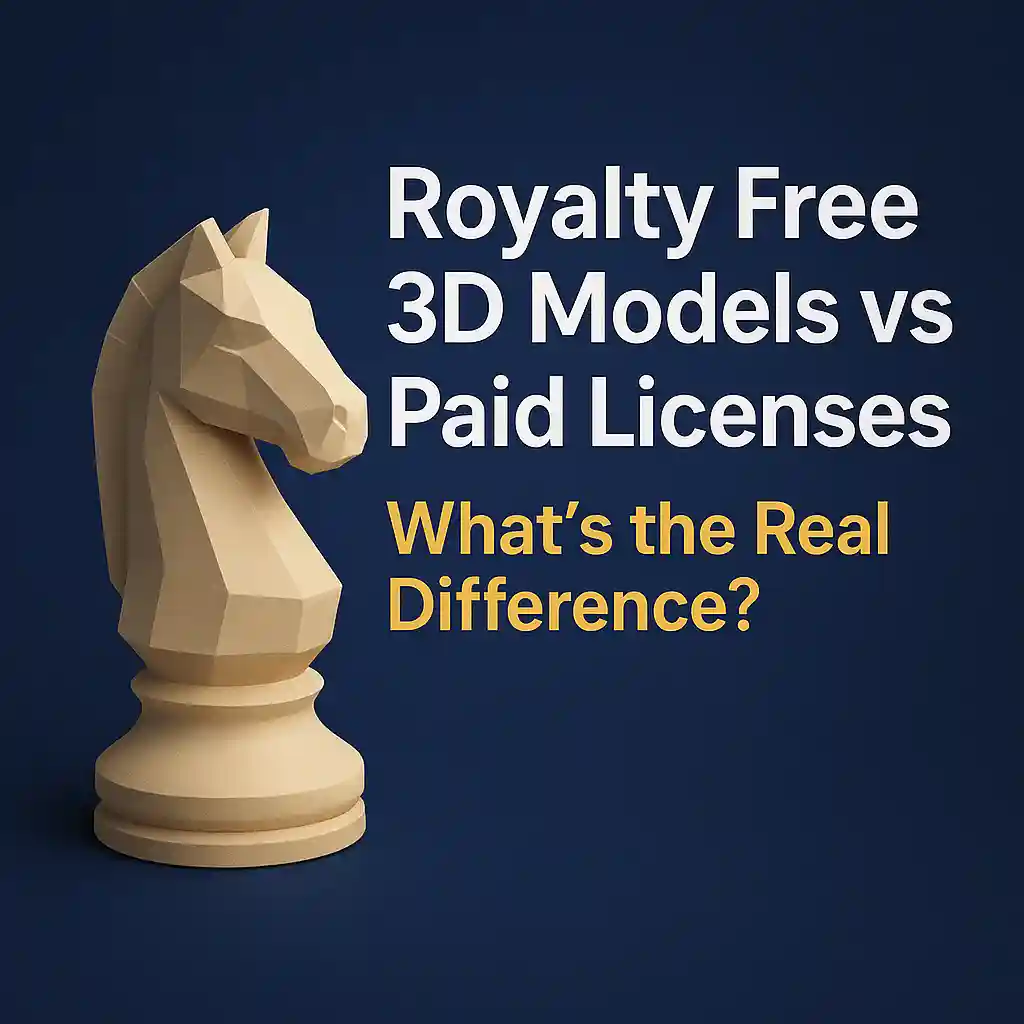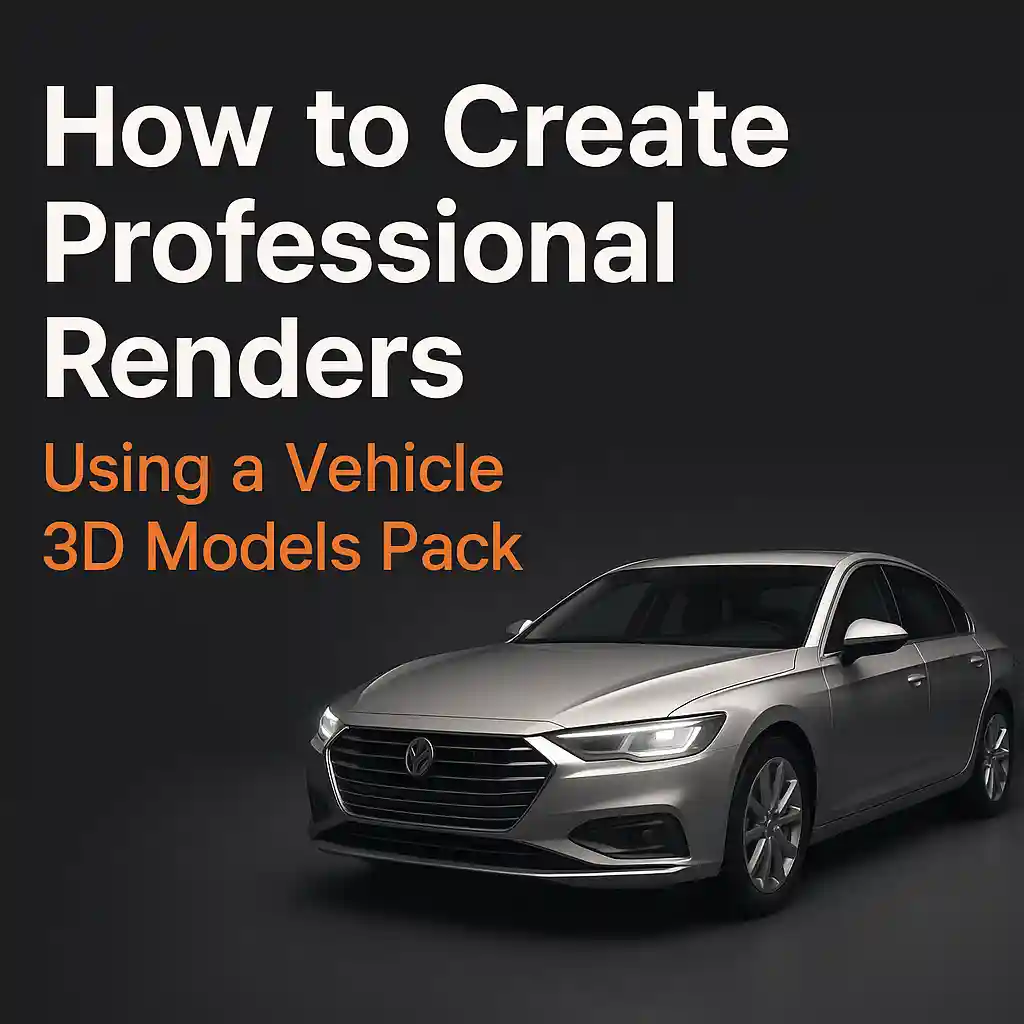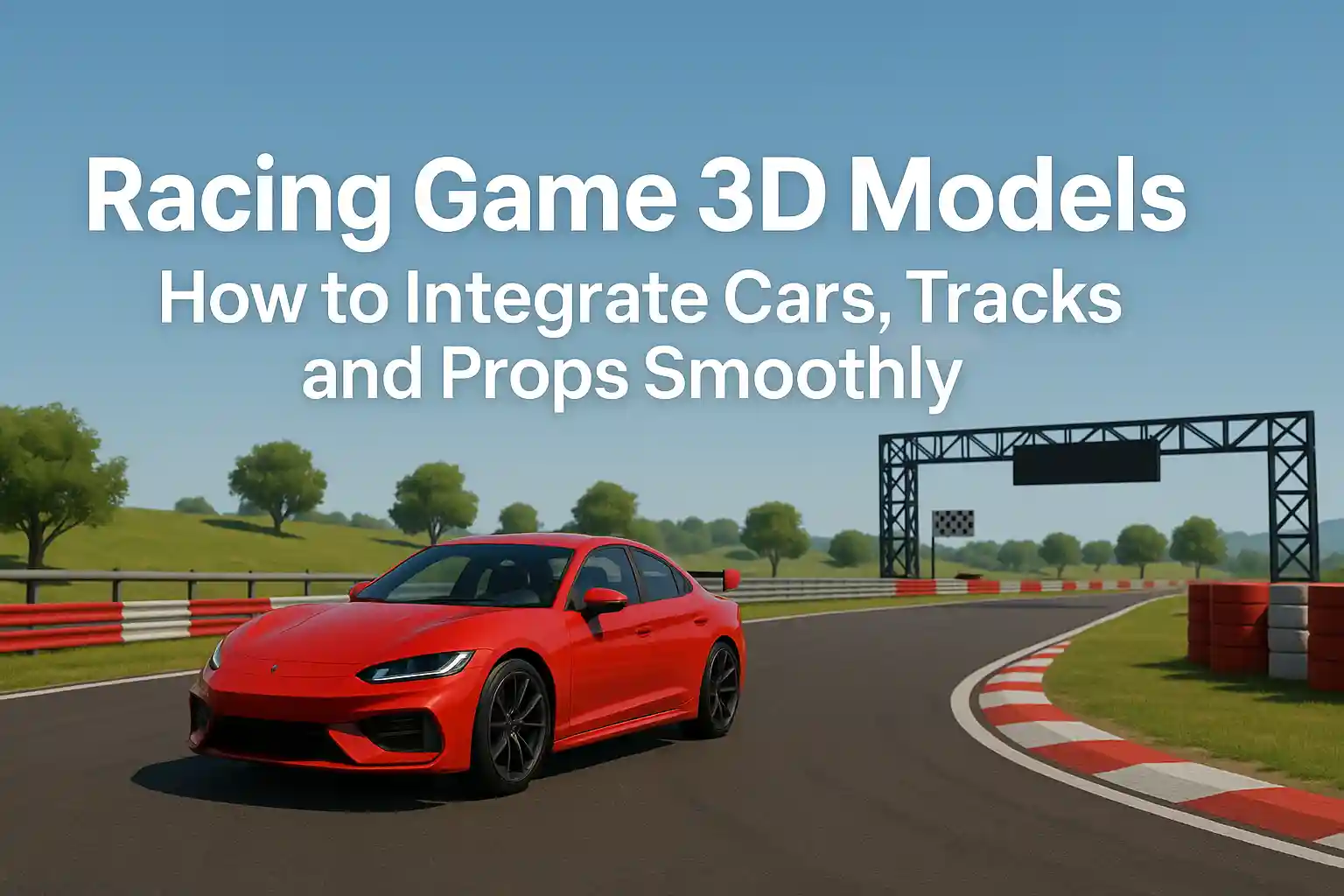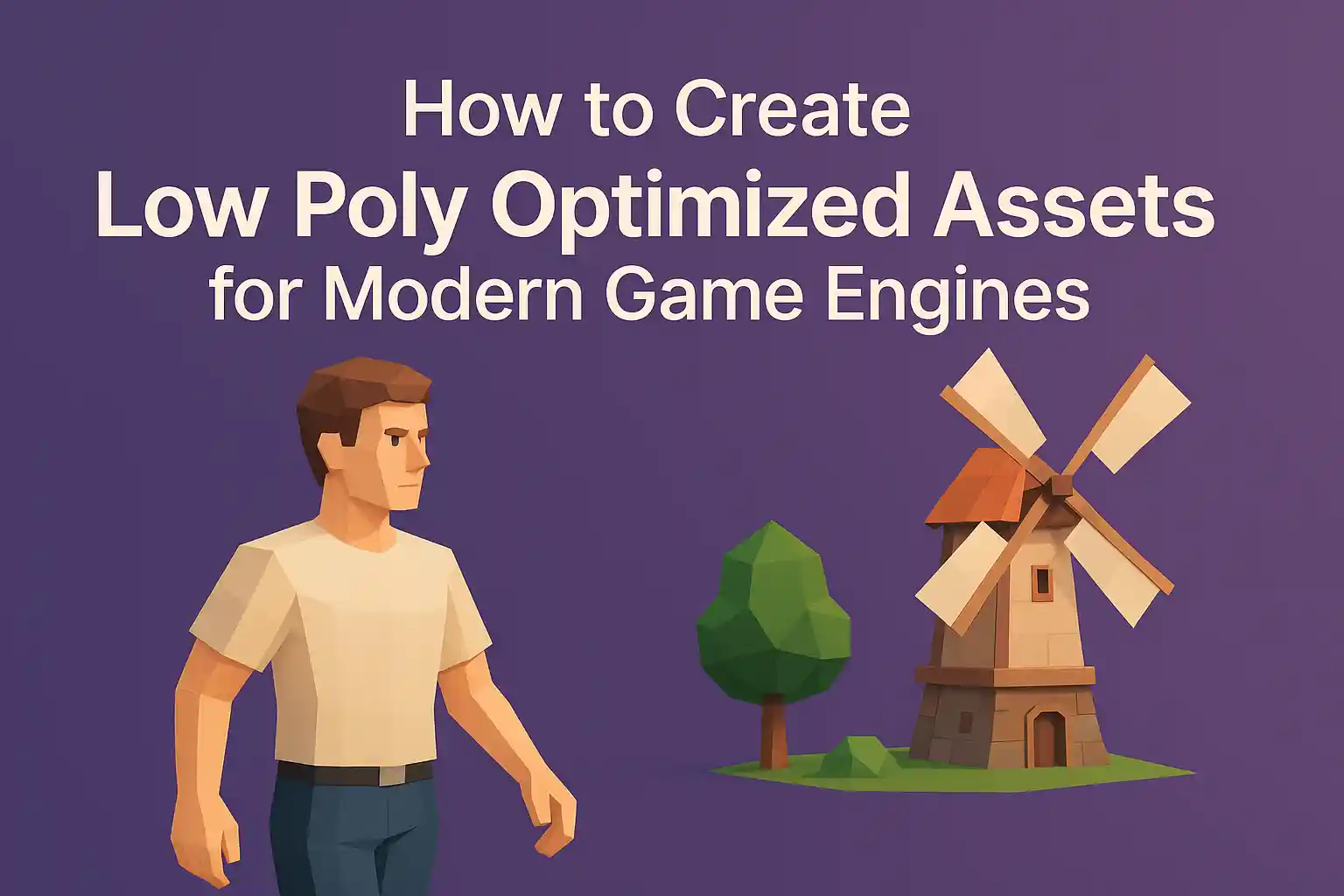Creating a game is exciting but challenging. Choosing the right 3d model maker tool is essential. Indie developers often wear many hats. You are the designer, programmer, and marketer. But one thing is clear: 3D models are critical. They define how your characters, objects, and worlds look. They also shape how players experience your game.
The right 3D model maker can save you hours, improve your visuals, and make your game stand out. Let’s explore some of the best tools and resources that indie developers should consider in 2025.
Why 3D Models Are Essential for Indie Games
Visual quality is a huge factor in player engagement. Even if your gameplay is amazing, poor visuals can drive players away. 3D models help you:
- Create believable characters with personality and emotion.
- Design immersive worlds that players want to explore.
- Enhance gameplay with smooth animations and realistic physics.
According to Unity’s 2023 report, over 70% of top-grossing mobile games used 3D models extensively. This proves that investing in 3D modeling is essential, even for small indie teams.
Blender: The Free All-in-One Solution
Blender is one of the most popular tools for indie developers.
Why Blender Works for Indies
- Cost-effective: Blender is completely free. You don’t need to pay expensive licenses.
- All-in-one: It covers modeling, sculpting, texturing, rigging, animation, and rendering.
- Strong community: With tutorials, plugins, and forums, help is always available.
How to Use Blender Efficiently
Indie developers can start by using pre-made templates. You can modify them instead of building from scratch. Blender also allows UV mapping, which helps textures fit perfectly on models. If you plan to release your game on mobile, Blender’s optimization tools can help reduce polygon count without losing visual quality.
Example
Games like Crossy Road (mobile) and indie PC games have used Blender assets for characters and props. Blender is flexible enough for stylized low-poly games and realistic high-poly games.
ZBrush:
ZBrush is a powerhouse for character design. It’s ideal when you need high-detail 3D models.
Key Features
- High-resolution sculpting: ZBrush can handle millions of polygons.
- Powerful brushes: You can add skin details, armor scratches, or cloth textures.
- Efficient workflow: ZBrush uses layers, making adjustments easy without starting over.
Why It Matters for Indie Developers
While ZBrush is more advanced and requires a learning curve, it allows you to create game-ready characters with detail that grabs attention. Many AAA game studios use ZBrush, and indie developers can now access it through affordable indie licenses.
Example
Indie games like Hollow Knight: Silksong use detailed sculpting workflows to create lifelike characters while maintaining stylized aesthetics.
Animatics Asset Store: Ready-to-Use 3D Models
Creating every 3D model from scratch can take months. For indie developers, time is limited.
The Animatics Asset Store provides a library of pre-made 3D models optimized for game development.
Advantages
- Time-saving: Access hundreds of assets without creating them yourself.
- Performance-friendly: Models are optimized for smooth mobile and PC gameplay.
- Easy integration: Compatible with Unity, Unreal Engine, and other engines.
Indie developers can focus on game mechanics and storytelling rather than spending weeks modeling trees, weapons, or furniture. Animatics Assets Store also provides free assets, making it accessible for teams on tight budgets.
Choosing the Right 3D Model Maker
Selecting the best tool depends on your project goals:
- Blender: Best for free, flexible, and all-in-one modeling. Ideal for indie teams with limited budget.
- ZBrush: Best for detailed, high-quality character design. Requires some investment in learning.
- Animatics Assets Store: Best for quickly populating your game with ready-made assets. Saves time while maintaining visual quality.
Workflow Tip
Many developers combine these tools. For example: sculpt characters in ZBrush, optimize and rig in Blender, then use Animatics Assets Store for environmental props. This workflow balances quality and speed.
Trends in 3D Modeling
The gaming industry evolves quickly. Knowing trends helps you stay competitive.
Realism in Mobile Games
Players expect realistic 3D models even on mobile devices. Games like Genshin Impact show that high-quality models drive engagement and revenue.
Procedural Generation
Procedural tools can generate 3D environments or objects dynamically. This saves hours of manual modeling and creates unique experiences for each player.
Augmented Reality (AR)
AR games like Pokémon Go rely on optimized 3D models that interact with real-world environments. Indie developers can use pre-made assets for AR scenes to save time.
Cloud Rendering
Cloud services allow developers to offload heavy rendering to servers. This lets mobile devices display complex 3D models without lag.
Common Challenges for Indie Developers
3D modeling isn’t easy, especially for small teams.
- Hardware limits: Laptops or small PCs may struggle with high-poly models.
- Time constraints: Modeling everything from scratch is time-consuming.
- Optimization: Poorly optimized models can slow down gameplay and frustrate players.
Solution: Using optimized free assets from Animatics Asset Store or Blender libraries can solve these challenges. It reduces load times and keeps games playable on low-end devices.
Impact on Player Experience
High-quality 3D models do more than look nice. They improve gameplay and retention:
- Immersion: Detailed characters and worlds make players feel part of the story.
- Engagement: Smooth animations keep players invested longer.
- Revenue: Skins, collectibles, and 3D items can drive in-game purchases.
According to App Annie, games with high-quality visuals retain 40% more players in the first month. This shows the direct impact of 3D models on success.
Conclusion
Choosing the right 3D model maker is crucial for indie developers. Blender gives a free, versatile solution. ZBrush provides sculpting power for high-detail characters. Animatics Assets Store offers ready-made models to save time.
Indie developers can combine these tools for maximum efficiency. Focus on gameplay, story, and player experience while letting 3D models bring your world to life.
With the right approach, even small teams can create visually stunning games that compete with big studios.






